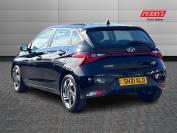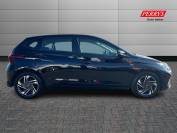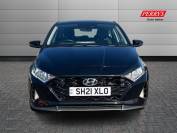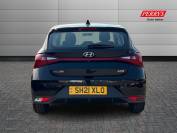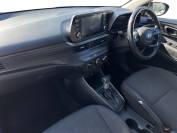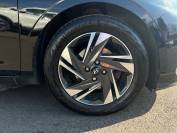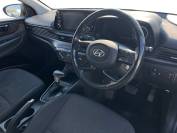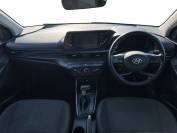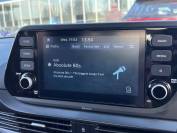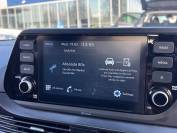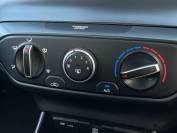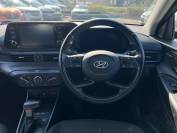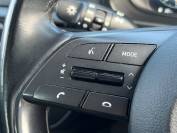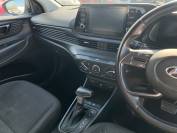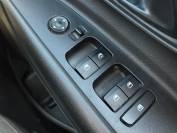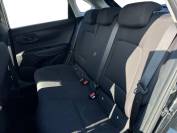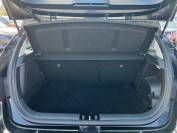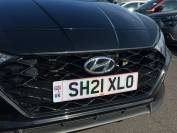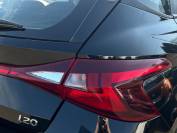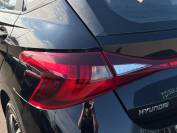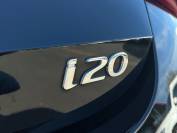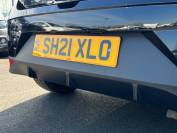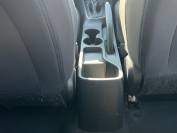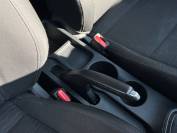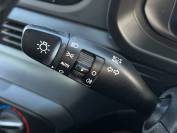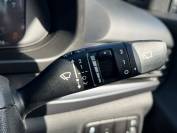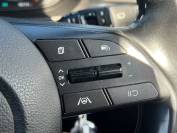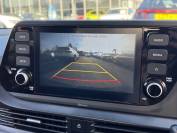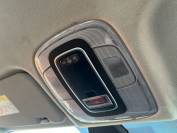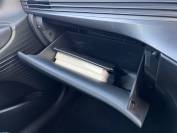HYUNDAI I20 2021 (21)
1.0T GDi 48V MHD SE Connect 5dr DCT Hatchback
Financial Disclosure
Perrys is Authorised and Regulated by the Financial Conduct Authority. (307639 ) Finance Subject to status. Other offers may be available but cannot be used in conjunction with this offer. We work with a number of carefully selected credit providers who may be able to offer you finance for your purchase. Perrys - 500 Pavilion Dr, Northampton NN4 7YJ. Companies House Number:972286. FCA number: 307639 .
Finance
We can introduce you to a limited number of lenders whose finance products will have different commission amounts payable to us for introducing you to them. This may be in the form of a fixed fee, a percentage of the balance financed, or another incentive.
The amount of commission that we expect to receive will be detailed to you clearly when we present you with a finance payment offer sheet. The exact commission amount payable to us will be presented to you once your finance proposal has been accepted, and always in good time before you complete any retail finance documentation with us.
We are a credit broker and will not provide you with impartial advice.
We actively monitor all finance transactions to ensure compliance and maintain transparency in all our dealings.
Any lenders we use will conduct a full credit search to decide if they can offer you finance. This search will show on your credit file and will be seen by other lenders. If the lender is unable to offer you finance, we will try up to three additional lenders, each of whom will record a search on your credit file. If these lenders are unable to offer you a finance agreement, we will then contact you and ask if you wish us to contact further lenders on your behalf.
Finance Products:
We will provide you with information to assist with your funding decision relating to Credit Agreements such as: Hire Purchase, Conditional Sale, Personal Contract Purchase (PCP), Personal Contract Hire (PCH) and Finance Leasing.
We will also send you Finance Product Information / Videos by email.
We do not charge you a fee for our services. Whichever lender we introduce you to, we will typically receive commission from them (either a fixed fee or a fixed percentage of the amount you borrow). A customer may ask for commission disclosure at any time from our initial discussions through to the point when their agreement is set live.
Vehicle Description
*PERSONALISED WALK AROUND VIDEO AVAILABLE* Here we have the Hyumdai i20 1.0T GDi 48V MHD SE Connect 5dr DCT Hatchback Automatic in Black.
This i20 comes with great features which includes Automatic Lights, DAB Radio, Apple CarPlay/Android Auto Integration, Bluetooth with Hands-free Calling, Rear View Camera, Rear Parking Sensors, USB Ports, Drive Modes, Lane Assist and Cruise Control.
The Diamond Cut 16-inch alloys, comfortable cloth seats and all black interior really finish the look on this stunning vehicle. It has been looked after by the 1 previous owner, and will not disappoint.
This vehicle's MOT is valid until 10 February 2026.
A £99 administration fee is applicable to the advertised price upon purchase of this vehicle. Refer to our terms and conditions for details.
** PERRYS, A FAMILY OWNED BUSINESS - SERVICING YOUR MOTORING NEEDS FOR OVER A CENTURY **
Vehicle Specification

Annual Road Tax £195
Insurance Group 12E
Fuel 55.4mpg
ULEZ Compliant



















































